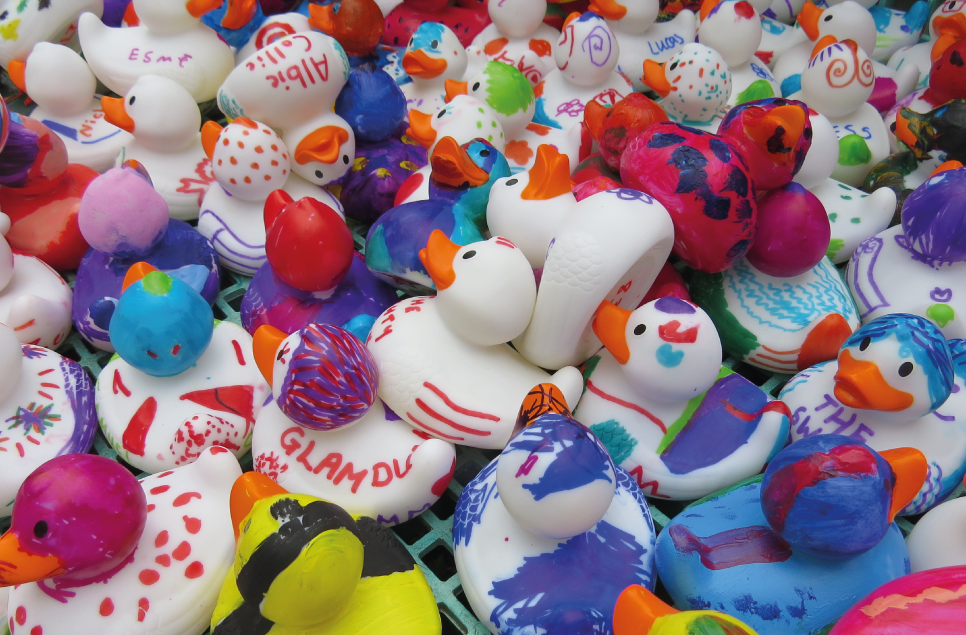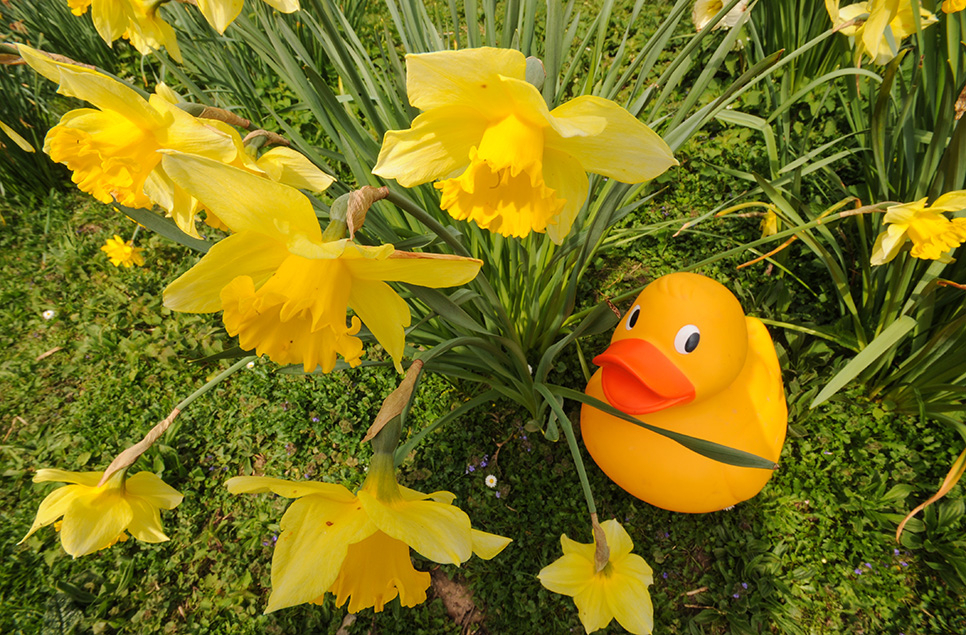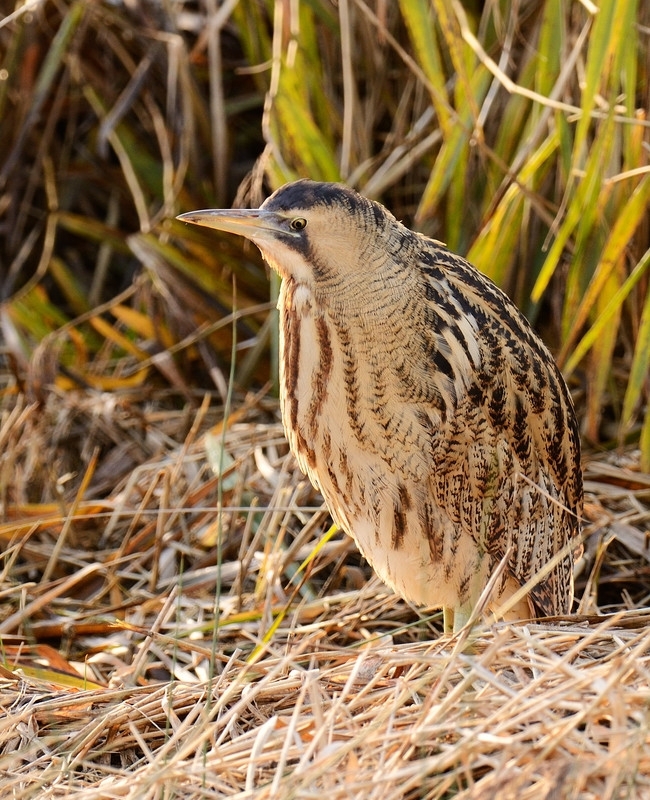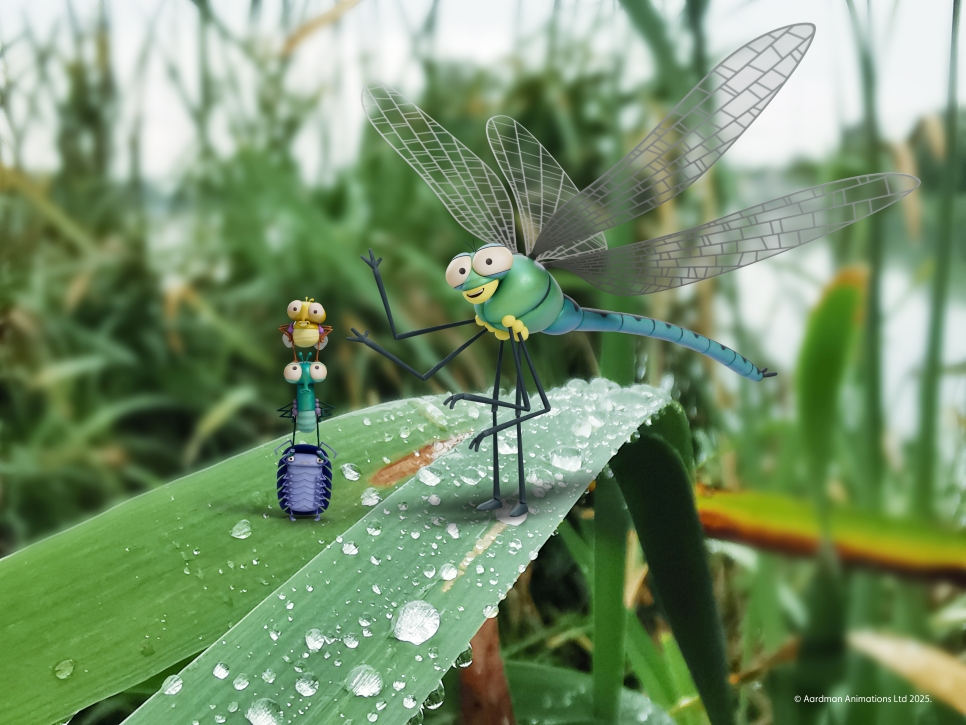Wildflowers bloom at Martin Mere

With more than 97% of wildflower meadows being destroyed since the 1930’s it has never been so important to conserve and appreciate these areas. At Martin Mere, we have nearly 150ha of wet grassland meadows which hold some very interesting and rare plant species including: Golden Dock, Whorled Caraway, Tubular Water-dropwort and Fine-leaved Water-dropwort. We also have some stunning orchids which add a flash of colour to our grasslands species; such as early marsh and bee orchids.
The Whorled Caraway is a speciality of Martin Mere, which is the only remaining site in England outside the south-west to host this flower, which requires wet, unimproved pastures. In 1975, the plant was confined to just one of our fields. But, with careful management, the plant has very slowly colonised more fields on the site. The plants are currently flowering and a whole field of whorled caraway can currently be seen from the Gladstone Hide.
The Whorled Caraway derives its name from the way its leaves form a circlet - or 'whorl' - around the base of its stem. Like other caraway species, it is a member of the carrot family but unlike other caraways its seeds have no culinary or medicinal use.
Possibly the most attractive flower on site is the bee orchid, which gets its name from its main pollinator - a species of solitary bee. The flowers mimic the appearance of the bee, drawing them in with the promise of love. As the bees attempt to mate with the plant they pick up pollen and then transfer it to the next plant when they try and mate again. Unfortunately, the right species of bee doesn't occur in the UK, so Bee Orchids self-pollinate themselves. The structure of the flower allows pollen from the anthers to automatically drop down onto the stigma to ensure pollination.
A field full of Whorled Caraway can be seen from the Gladstone Hide and Bee Orchids are dotted around the grass banks which surround the Harrier Hide. Both species are currently flowering but to see them, you better visit Martin Mere very soon, or you’ll have to wait another year.



